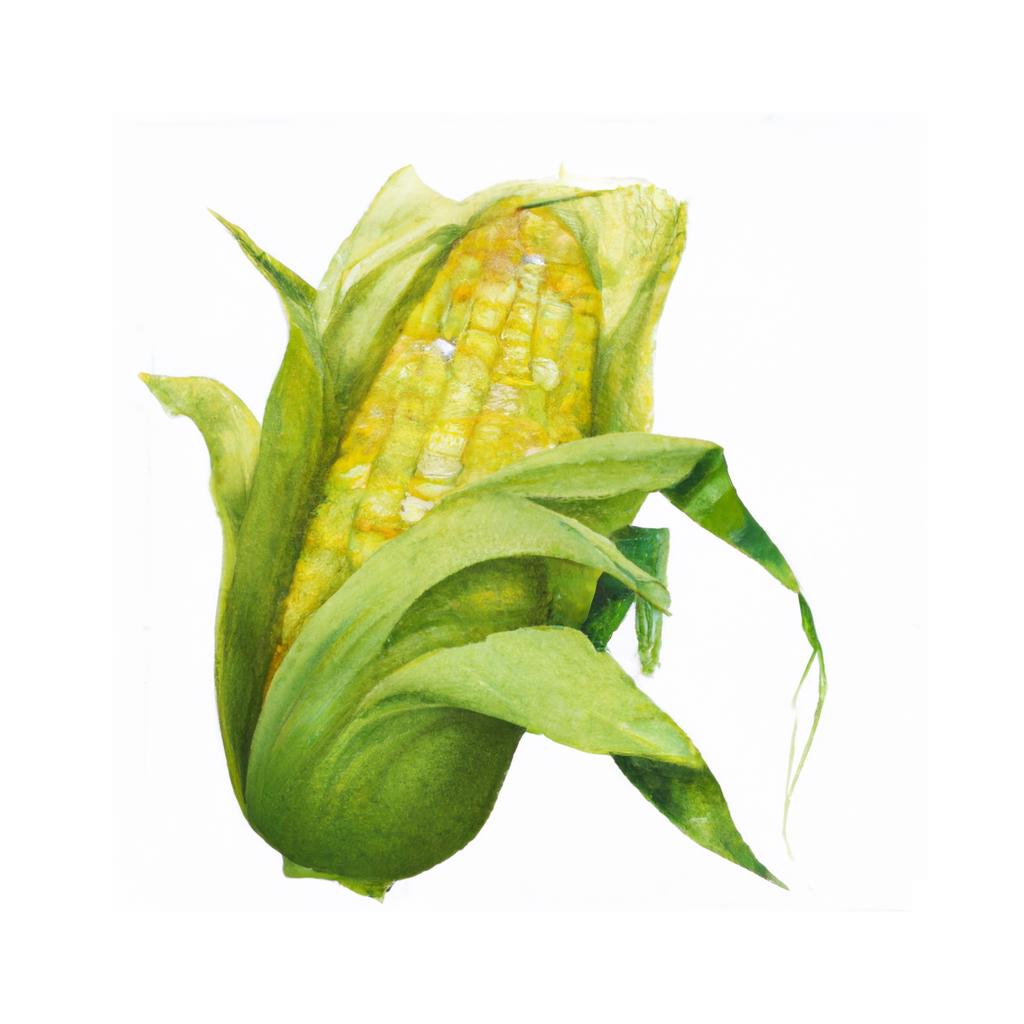
Sweet Corn, scientifically known as Zea mays convar. saccharata var. rugosa, is a popular vegetable that is widely grown for its delicious and highly nutritious kernels. Unlike field corn, which is harvested when the kernels are dry, sweet corn is picked while it is still immature, allowing for a much higher sugar content and a tender, juicy texture.
The cultivation of corn dates back thousands of years to ancient Mesoamerican civilizations, where it was a staple food crop for indigenous people. Sweet corn, however, has only been around since the 18th century. It was developed from a spontaneous mutation in corn species, and its cultivation spread across Europe and North America, becoming a popular garden vegetable.
Sweet corn is a versatile vegetable that can be enjoyed in several ways. It can be boiled, roasted, grilled, or steamed and served on the cob with butter, salt, and various herbs and spices. Corn kernels can also be removed from the cob and added to soups, salads, casseroles, and stir-fries. A popular American dish is succotash, which combines sweet corn with lima beans and other vegetables.
Besides being a delicious addition to many meals, sweet corn also offers numerous health benefits. It is packed with essential nutrients like vitamins B and C, fiber, and minerals such as magnesium, potassium, and iron. The antioxidants present in sweet corn help protect the body from harmful free radicals and support overall health.
When growing sweet corn in your garden, it is important to note that cross-pollination with other corn varieties can affect the flavor and sweetness of the resulting ears. To maintain the best quality, plant different corn varieties at least 250 feet apart, or plant them so they mature at different times. Happy gardening!
This is advice is most applicable to growers in the UK, you may need to adjust the timings if you live somewhere with a different climate and/or seasons.
| Month | Tasks | Advice |
|---|---|---|
| January | - | - |
| February | Start seeds indoors, | Sow seeds in pots or trays indoors, 2-3 seeds per pot. Choose varieties suitable for your area. |
| March | - | - |
| April | Plant seedlings outdoors, Direct sow seeds, | Transplant seedlings outdoors after the last frost. Space plants 18 inches apart. You can also direct sow seeds in well-prepared soil. |
| May | Provide support, | Provide support for tall varieties by tying plants to stakes. |
| June | Water regularly, Thin out seedlings, | Water plants consistently throughout the growing season. Thin out seedlings, leaving one per pot or spacing them 18 inches apart. |
| July | Keep soil moist, Hand-pollinate if necessary, | Maintain soil moisture by watering regularly. In areas with low insect activity, you may need to hand-pollinate by gently tapping pollen from the tassels onto the silks. |
| August | Harvest, | Harvest when silks turn brown and the kernels are plump and milky. To test, press a fingernail into a kernel; if a milky liquid comes out, it's ready. |
| September | - | - |
| October | - | - |
| November | - | - |
| December | - | - |